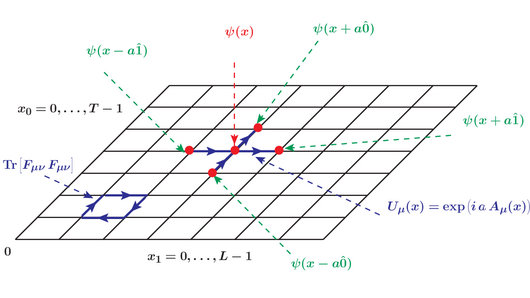Collisions of protons and pions are usually observed and measured in particle accelerators. Thanks to today’s powerful supercomputers we can study these elementary particles also in theory, namely based on the core principles of Quantum Chromodynamics. By simulating the fundamental quark and gluon fields on a space-time lattice not only can we investigate why protons (and pions and many other particles) emerge at all from the strong force, but also their reaction with each other, for example in an elastic collision. And sometimes such collisions bring forth entirely new, short-lived particles, like the Δ resonance. Our project is dedicated to applying the Lattice QCD method to track from fundamental quarks and gluons to the Δ particle.
Read the complete user research report at the Gauss Centre for Supercomputing.
Principal Investigator
Prof. Dr. Carsten Urbach
Helmholtz-Institut für Strahlen- und Kernphysik, Universität Bonn, Germany
